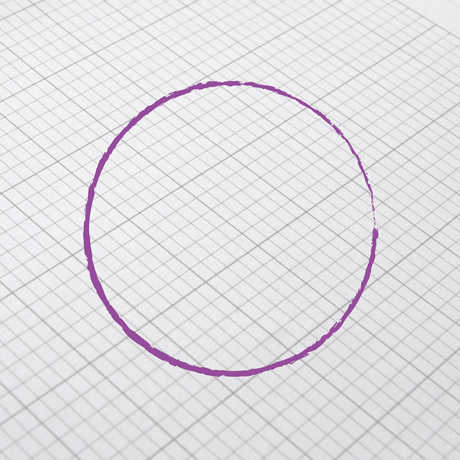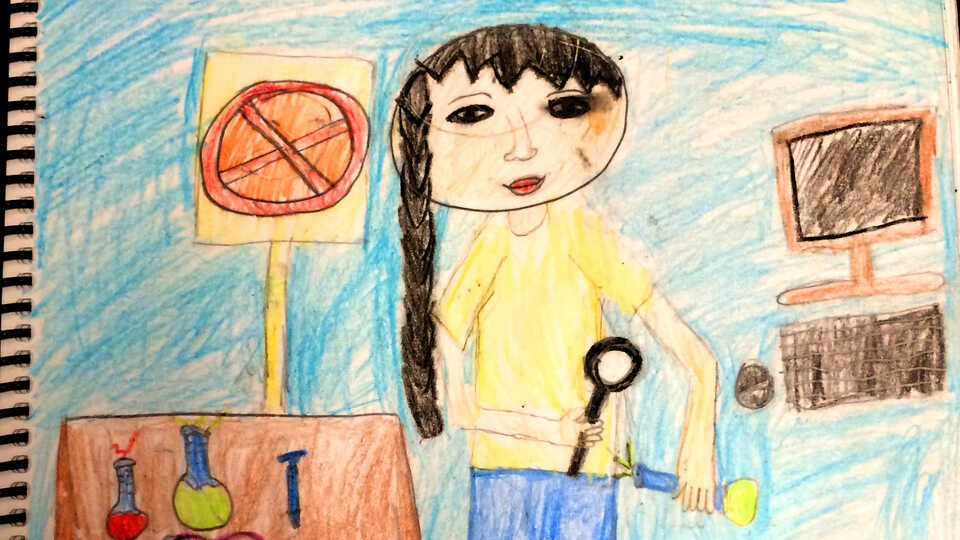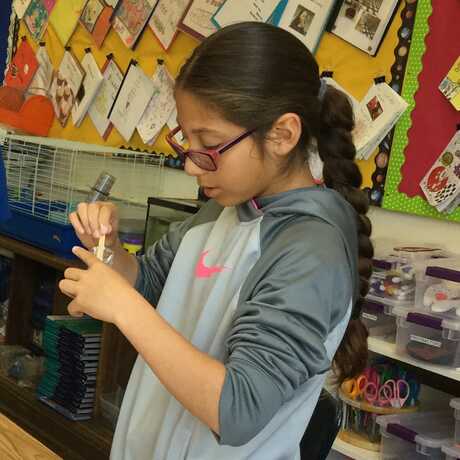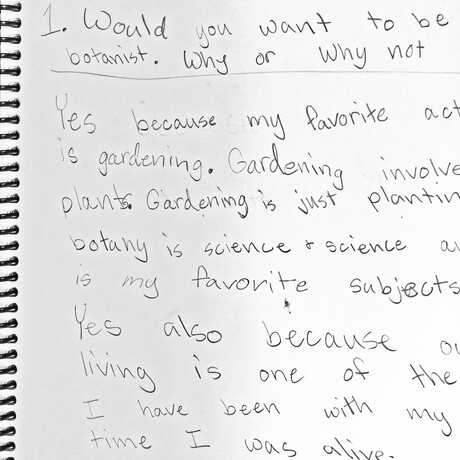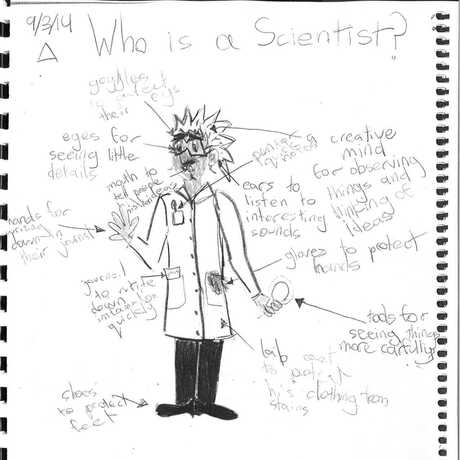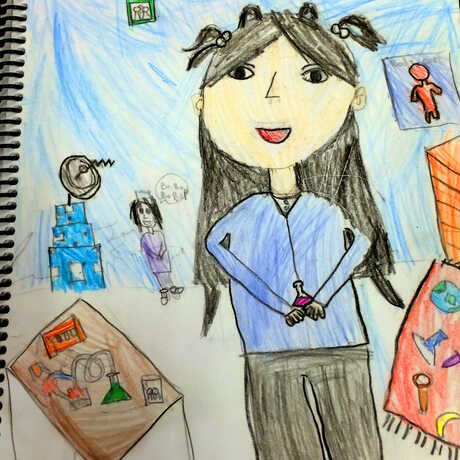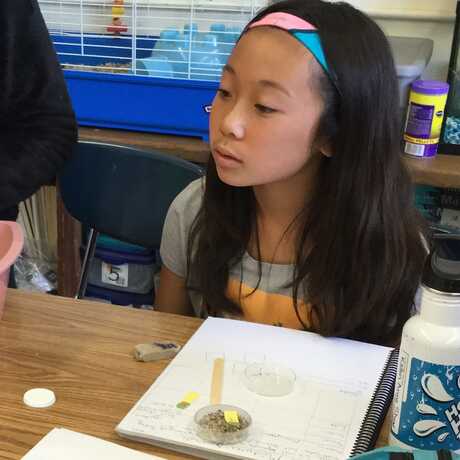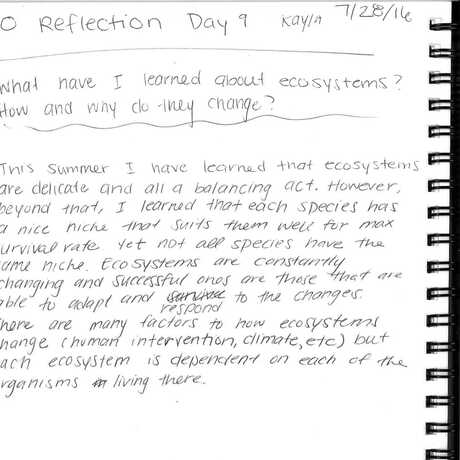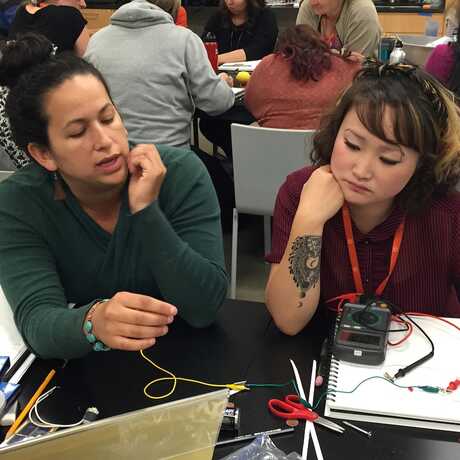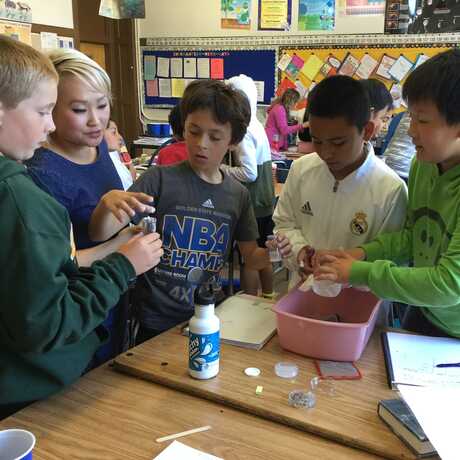Later in the year, after students have engaged in some science experiences, instruct them: “Draw yourself as a scientist.” This exercise is especially empowering if students didn't previously think of themselves as scientists.
Students can also write their own “science autobiography,” either in one sitting or in stages. Initially, they can simply recount a cool science experience: when they visited a science museum, did an experiment in class, or tried something at home. They can expand on this autobiography with entries throughout the year that describe their experiences with science.
Students can also share their science stories through peer interviews. Students can ask each other questions like, What was your first experience with science? Do you ever do anything at home that’s like science? Have you ever met a scientist? Do you consider yourself a scientist? Why or why not? They can use the notebook to take notes, and later to craft a brief presentation of their interview partner’s experience with science.
